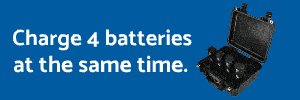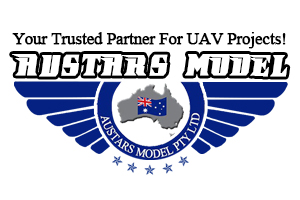Hi colleagues, I have a request to inspect the quality of the roofing of 7 big roof surfaces by drone: to check the edges, borders close to installations and the connections of the roofing. How would you suggest to handle this?
1) I can take pics using pix4D or drone deploy to make one big picture for each roof but wonder if the quality wil be enough to inspect the roofing quality and if stitching will be possible since the pics will be very very similar if you take them from a close distance (the higher the easier to stitch but quality is less)
2) Another possibility is to film the whole stuff using a specified path and then to inspect the movie. Problem I see here is how to react (this is: what is the fact position) when you see a defect?
3) live check but that will be very time consuming and will need lots of battery power
Other possibilities?
Thanks for helping me out with this!
1) I can take pics using pix4D or drone deploy to make one big picture for each roof but wonder if the quality wil be enough to inspect the roofing quality and if stitching will be possible since the pics will be very very similar if you take them from a close distance (the higher the easier to stitch but quality is less)
2) Another possibility is to film the whole stuff using a specified path and then to inspect the movie. Problem I see here is how to react (this is: what is the fact position) when you see a defect?
3) live check but that will be very time consuming and will need lots of battery power
Other possibilities?
Thanks for helping me out with this!







